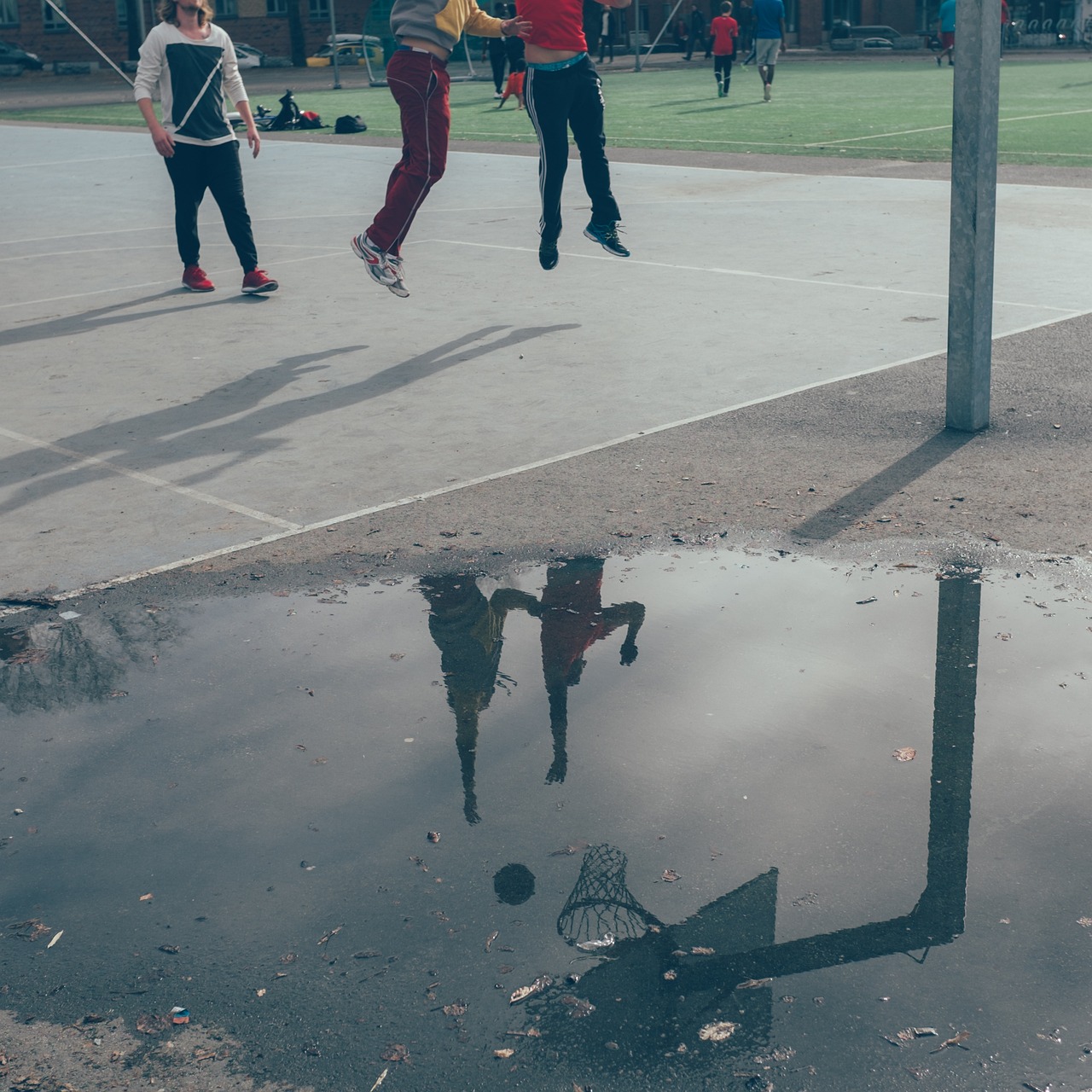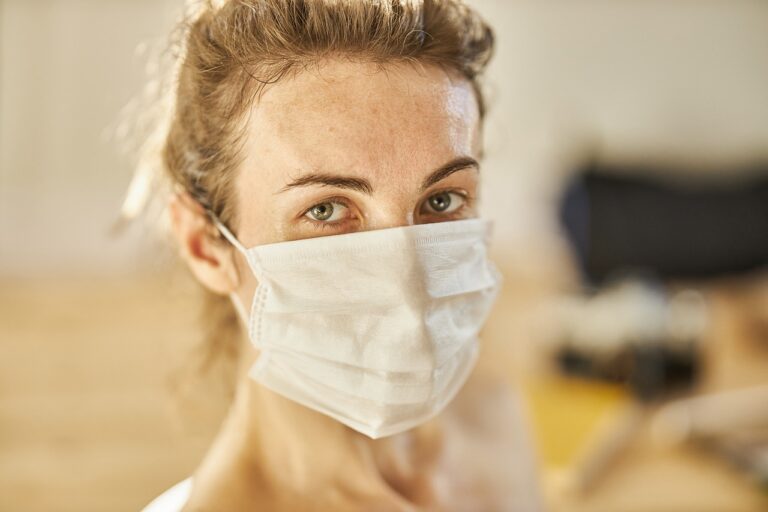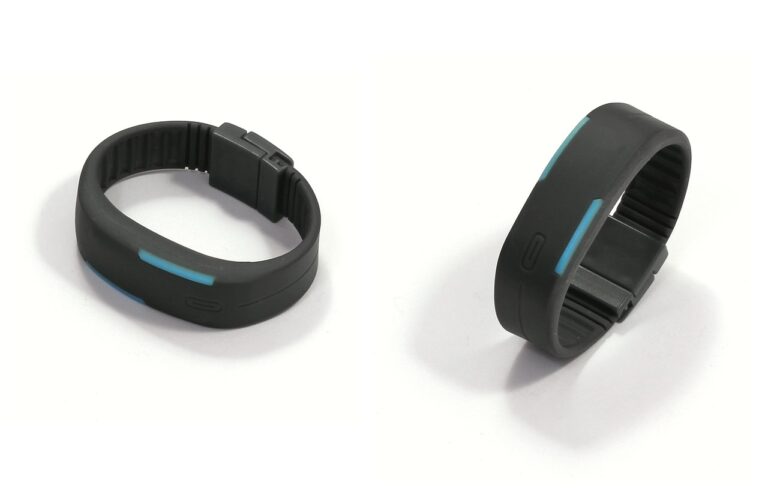Immunological Factors in Cricket Ball Manufacturing: Betbhai9 com whatsapp number, Playexch in live login, Lotus365 vip login
betbhai9 com whatsapp number, playexch in live login, lotus365 vip login: Cricket is a game that has captured the hearts of millions around the world. From the players on the field to the fans in the stands, cricket is a sport that brings people together. But have you ever stopped to think about the ball that is at the center of it all? While the focus is often on the bowler’s speed or the batsman’s technique, the manufacturing of the cricket ball is an essential aspect of the game. And one factor that is often overlooked in this process is immunological factors.
When we talk about immunological factors in cricket ball manufacturing, we are referring to the materials and processes used to create the ball and how they may impact the health and safety of those involved in the production and use of the ball. From the leather used to the stitching and even the dyeing process, there are several aspects of cricket ball manufacturing that can have immunological implications.
Leather: One of the primary components of a cricket ball is the leather cover. This leather is often dyed to give the ball its distinctive red color. However, the dyes and chemicals used in this process can sometimes cause skin irritation or allergic reactions in those handling the balls. Manufacturers must be mindful of the materials they use and ensure that they are safe for both the workers and the players.
Stitching: The stitching of the cricket ball is another area where immunological factors come into play. The threads used in the stitching process can sometimes be made of materials that can cause allergic reactions in individuals with sensitive skin. Manufacturers must take care to use hypoallergenic materials to reduce the risk of any adverse reactions.
Dyeing process: The dyeing process used to color the leather cover of the cricket ball can also have immunological implications. The chemicals used in the dyeing process can sometimes be harmful if not handled properly. Manufacturers must follow strict guidelines to ensure that the dyes are safe for both the workers and the players.
Overall, it is important for cricket ball manufacturers to prioritize the health and safety of everyone involved in the production and use of the balls. By being mindful of the materials and processes used, manufacturers can reduce the risk of any immunological issues arising.
Now that we have discussed the immunological factors in cricket ball manufacturing, let’s address some frequently asked questions about this topic:
FAQs
1. Are cricket balls safe to use for players?
Cricket balls are generally safe to use for players. However, it is essential for manufacturers to follow strict guidelines to ensure that the materials and processes used are safe for everyone involved.
2. Are there any regulations in place to ensure the safety of cricket balls?
Yes, there are regulations in place that govern the manufacturing of cricket balls. These regulations are designed to ensure the safety and quality of the balls used in professional and amateur cricket matches.
3. How can players protect themselves from any potential immunological issues related to cricket balls?
Players can protect themselves by being aware of any allergies or sensitivities they may have to certain materials used in cricket ball manufacturing. It is also essential to properly clean and maintain cricket balls to reduce the risk of any adverse reactions.
4. What should consumers look for when purchasing cricket balls?
Consumers should look for cricket balls that are made by reputable manufacturers who follow strict guidelines for safety and quality. It is also important to check the materials used in the manufacturing process to ensure they are safe for use.
In conclusion, immunological factors play a crucial role in cricket ball manufacturing. Manufacturers must prioritize the health and safety of everyone involved in the production and use of the balls. By being mindful of the materials and processes used, manufacturers can ensure that cricket balls are safe for players and fans alike.







